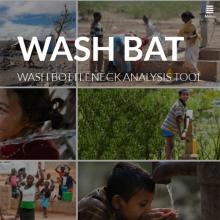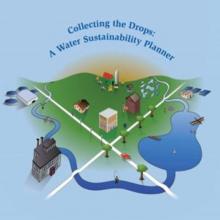Institutional Arrangements

Governance for Transboundary Freshwater Security
Year of publication:
2020
This Massive Open Online Course (MOOC) aims to support the 2018-2022 cycle of the GEF investments for new and existing projects by providing capacity development on enhancing water security in freshwater ecosystems, and preparing the focal area and others to take action. The course takes a nuanced approach by looking at transboundary governance as it relates to law; negotiations; management; geographical and biophysical constraints; and sustainable financing mechanisms.



